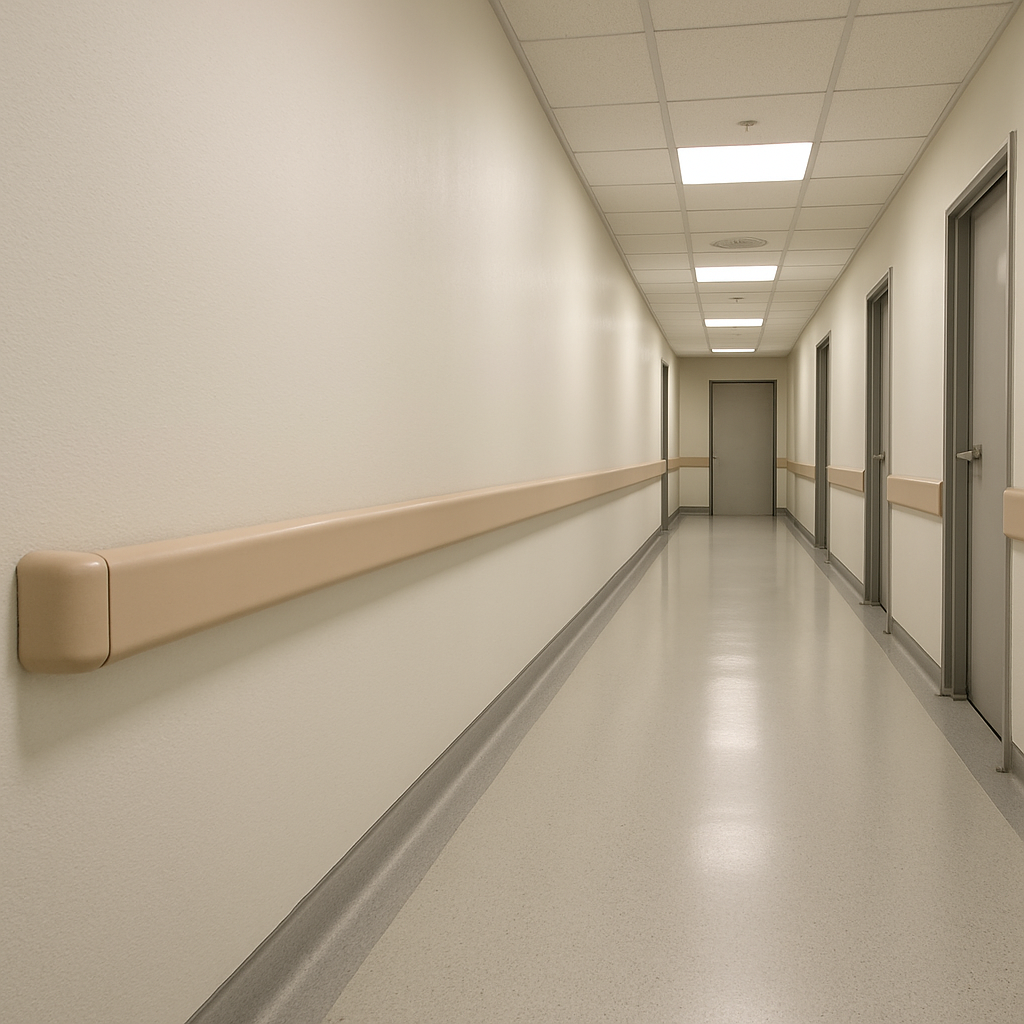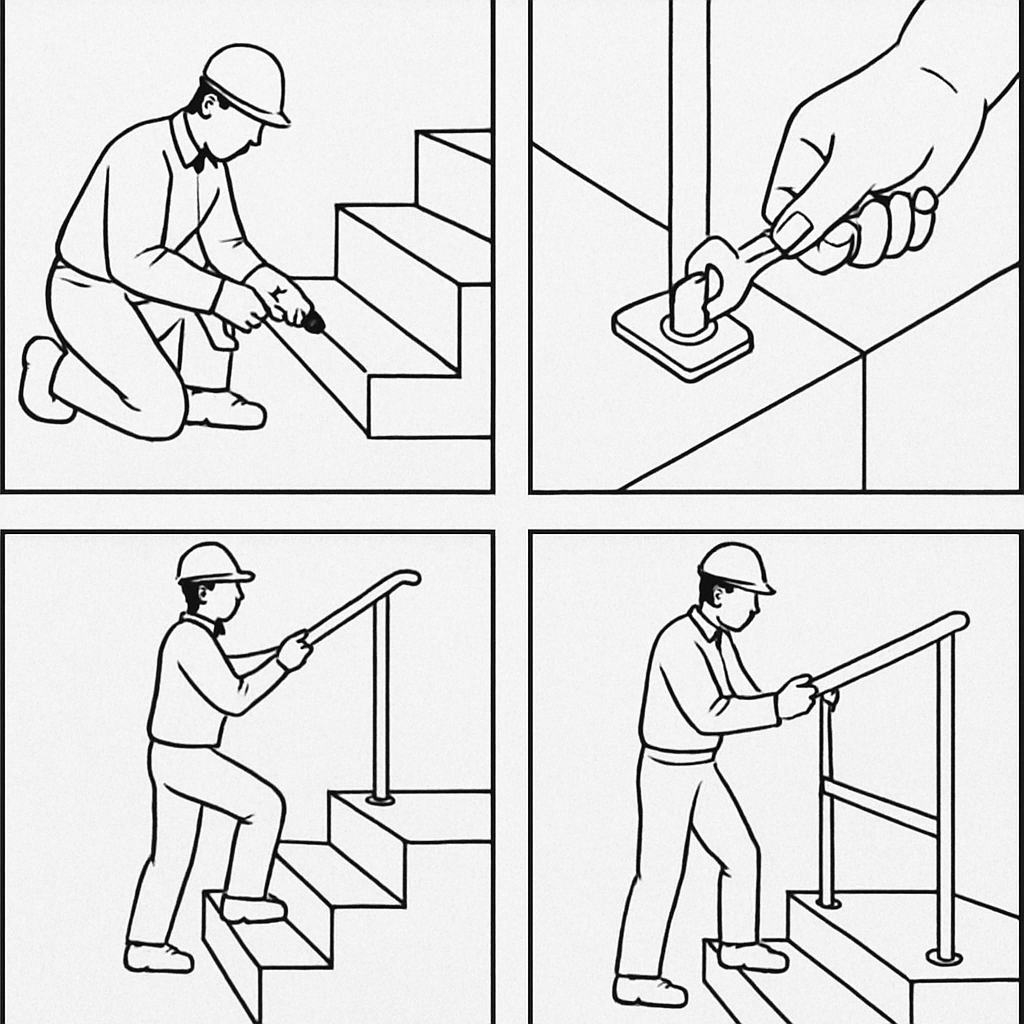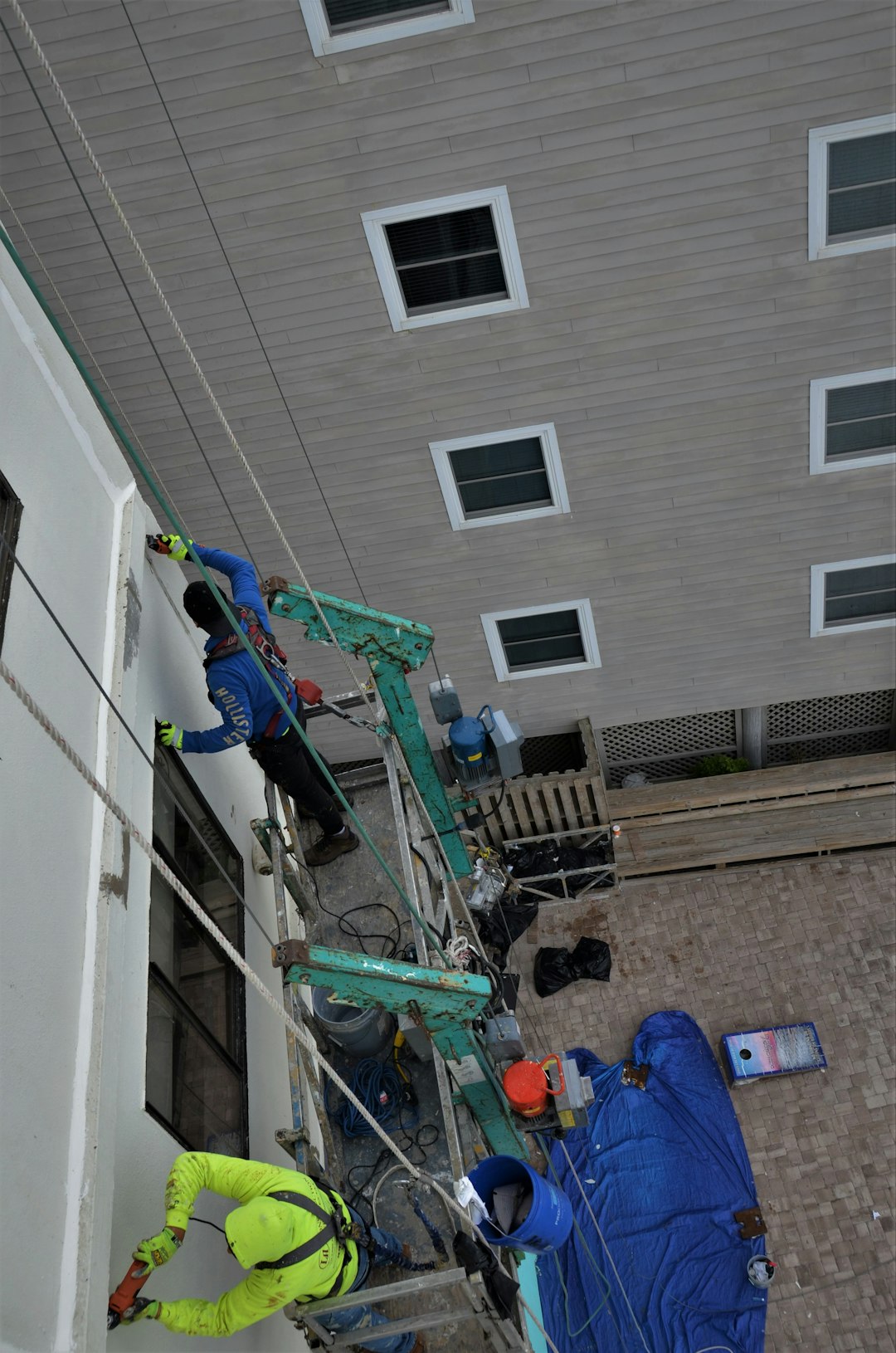 Service Hotline:13510328459
Service Hotline:13510328459
 205-206, 2nd Floor, Building 2, Xiazao Village Industrial Zone, Gaofeng Community, Dalang Street, Longhua District, Shenzhen City
205-206, 2nd Floor, Building 2, Xiazao Village Industrial Zone, Gaofeng Community, Dalang Street, Longhua District, Shenzhen City
 Service Hotline:13510328459
Service Hotline:13510328459
 205-206, 2nd Floor, Building 2, Xiazao Village Industrial Zone, Gaofeng Community, Dalang Street, Longhua District, Shenzhen City
205-206, 2nd Floor, Building 2, Xiazao Village Industrial Zone, Gaofeng Community, Dalang Street, Longhua District, Shenzhen City
Time:2025-09-22 Preview:
In today's healthcare facilities, ensuring safety and accessibility is paramount. One of the simplest yet most effective ways to promote these principles is through the proper installation of hospital accessible handrails. In this article, we'll delve into the importance of handrail installation, the standards they must meet, and how they contribute to a safer, more welcoming environment for everyone.
Handrails are not just an accessory in hospitals; they are a necessity. They provide support and stability for patients, visitors, and staff as they navigate corridors, staircases, and bathrooms. This added support is especially crucial for individuals with mobility challenges, such as the elderly or those recovering from surgery.
Handrails offer a sense of security and independence to users. They allow individuals who might otherwise require assistance to move independently, which can significantly boost their confidence and expedite recovery. Moreover, handrails help prevent accidents by providing a steadying support in slippery or narrow areas.
The Americans with Disabilities Act (ADA) sets the standard for accessible design, ensuring that public spaces, including hospitals, are usable by everyone, regardless of their physical abilities. ADA handrails must be installed at a specific height, have a certain diameter, and be able to support a considerable amount of weight to comply with these regulations.

When planning for handrail installation in hospitals, several factors must be considered to ensure both effectiveness and compliance with legal standards.
Materials for hospital handrails must be durable, easy to clean, and resistant to bacteria. Common materials include stainless steel, which offers robustness and hygiene, and vinyl-coated options for a softer grip and aesthetic appeal.
Proper placement of handrails is critical. They should be installed at a height between 34 and 38 inches from the floor, as per ADA guidelines, and should be continuous across the length of the corridor or staircase they accompany. Additionally, handrails should extend beyond the end of a ramp or stairway to provide additional support.
In a hospital setting, handrails are subject to frequent use and must withstand significant wear and tear. Regular maintenance is essential to ensure they remain secure and clean. This includes routine checks for stability, cleaning to prevent the spread of germs, and repairs as needed.

The installation of ADA-compliant handrails in hospitals offers numerous benefits that go beyond mere compliance. Let's explore these advantages further.
By installing ADA-compliant handrails, hospitals demonstrate their commitment to accessibility and inclusivity. This not only meets legal requirements but also fosters a welcoming environment for all patients and visitors.
Compliance with ADA standards helps hospitals reduce the risk of accidents, which can significantly decrease liability issues. Safety is a top priority in healthcare, and handrails play a vital role in mitigating potential hazards.
When patients feel safe and supported, their overall experience improves. Handrails provide the necessary support that can make navigating the hospital less daunting, especially for those with physical limitations.

The process of installing handrails in a hospital involves several steps, all aimed at ensuring safety, compliance, and quality. Here’s an overview of the typical installation process.
The first step in the installation process involves a thorough assessment of the hospital's layout and specific needs. This includes identifying areas where handrails are most needed and planning their placement and materials accordingly.
Hiring experienced professionals for handrail installation is crucial. These experts ensure that handrails meet ADA requirements and are securely fastened to withstand daily use. They also ensure that the installation process causes minimal disruption to hospital operations.
Once installed, it's important to conduct regular inspections to ensure that handrails remain in good condition. This involves checking for any signs of wear, ensuring they are secure, and performing any necessary repairs promptly.
Hospital accessible handrails are a fundamental element of healthcare facility design. They play a crucial role in enhancing safety, promoting independence, and ensuring compliance with accessibility standards. By prioritizing the installation of ADA-compliant handrails, hospitals can create a safer, more inclusive environment that benefits everyone who walks through their doors.
Whether you are involved in healthcare management or facility maintenance, understanding the importance of proper handrail installation is key to fostering an accessible and safe environment for all. Remember, a simple handrail can make all the difference in the world for someone in need of support.
